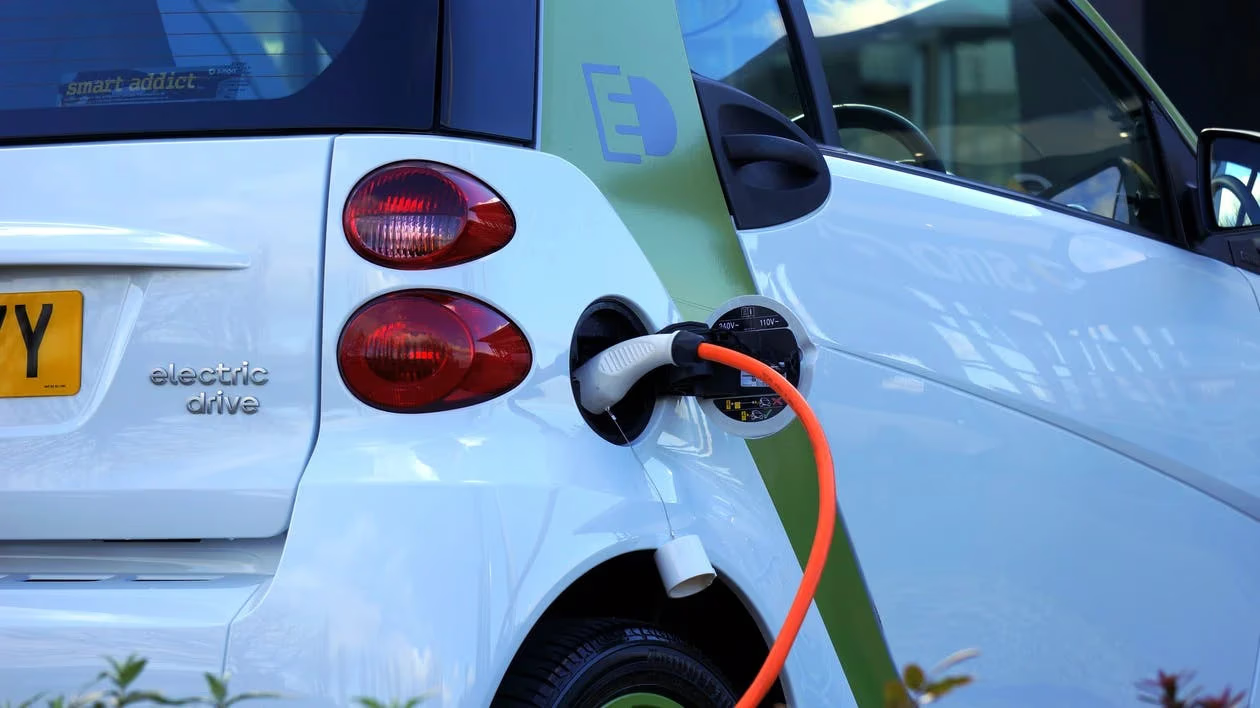As Delhi is grappling under an invisible shroud of pollution, casting a long shadow over its air quality, Copenhagen proudly stands as a beacon of cleanliness in the global skyline. The stark contrast between these two cities raises a pertinent question: What measures keep Copenhagen spotless that Delhi could learn from?
What Makes Copenhagen a Green Haven?
With deliberate citizen involvement, forward-thinking government policies, and a commitment to environmental sensitivity, Copenhagen leads the way in maintaining a pristine and living-friendly atmosphere. This robust involvement ranges from environmental preservation to urban sustainability, supported by well-established practices that encapsulate a systematic approach to life.
10 Lessons for Delhi to Draw Inspiration From
1. Prioritizing Cycling
Copenhagen:
Known as the 'Bicycle City', over 50% of the population opts for cycling to work, supported by over 400 kilometers of dedicated bike lanes.
Delhi:
The city's infrastructure for cycling is sadly lacking, forcing residents to rely on public or private motor transport.

Source: aajtak
You can experience serenity while pedaling effortlessly through vibrant localities and lush green corners in the Danish capital.
2. Embracing Green Energy
Copenhagen:
The majority of the city's energy is generated from wind and solar power, with a target of 100% renewable energy ahead.

Source: aajtak
3. Excellence in Waste Management
Copenhagen:
The city uses 'Waste-to-Energy' technology extensively.
4. Expansive Public Transport Network
Copenhagen:
Modern, efficient, and eco-friendly public transport systems, including electric buses and a fully automated metro system, are hallmarks of the city.
5. Green Spaces and Urban Forests
Copenhagen:
Enveloping the city, over 20% of the area is dedicated to greenery.

Source: aajtak
6. Ambitious Carbon-Neutral Goals
Copenhagen:
With 2025 as the target year to achieve carbon neutrality, the city is already implementing low emission policies.
7. Strict Regulations on Pollution-Causing Industries
Copenhagen:
Industries operate outside city perimeters, adhering to stringent emission norms.
8. Preventing Stubble Burning
Copenhagen:
Advanced techniques convert agricultural waste into biogas or compost.
9. Vigilant Monitoring of Air and Water Quality
Copenhagen:
Real-time data from comprehensive air and water monitoring systems enable effective pollution control.
10. Encouraged Citizen Participation and Awareness
Copenhagen:
Citizens actively engage in environmental protection initiatives.
Can Delhi Also Transform?
With a population set to rise significantly, aggressive and long-term measures involving government, industries, and civilians alike are essential to transform Delhi into a mirror image of Copenhagen. The cooperation of stakeholders will be the linchpin in this transformation. Implementing a strategic, city-wide roadmap drawing from Copenhagen’s successful practices will pave the road ahead for Delhi.
How Can Delhi Purify Its Air?
1. Reimagining Public Transport
Electric and Sustainable Transport:
Delhi needs a robust expansion of electric vehicles and public transportation.
2. Leveraging Renewable Energy

Source: aajtak
3. Reforming Waste Management
Waste-to-Energy Conversion:
Delhi could emulate Copenhagen's waste management efficient practices.
4. Expanding Green Areas
Urban Forests:
Developing more urban greenspace to balance the ecosystem.

Source: aajtak
5. Curtailing Polluting Activities
Solutions for Stubble Burning:
Offering alternatives to farmers to improve air quality.
6. Reducing Carbon Footprint
Carbon Tax and Policies:
Instituting penalties on high pollution emissions.
7. Comprehensive Air Monitoring

Source: aajtak
8. Widespread Public Awareness Campaigns
Civic Engagement:
Community-based awareness programs to enrich environmental acumen.
9. Smart and Sustainable Urban Planning
Revamping Urban Layout:
A balanced urban plan focused on reducing pollution.
10. Enforcing Stringent Environmental Laws
Deploying and ensuring strict compliance with environmental laws to motivate adherence and deter pollution. These strategies, if pursued, hold immense potential in reshaping Delhi's environmental narrative.




